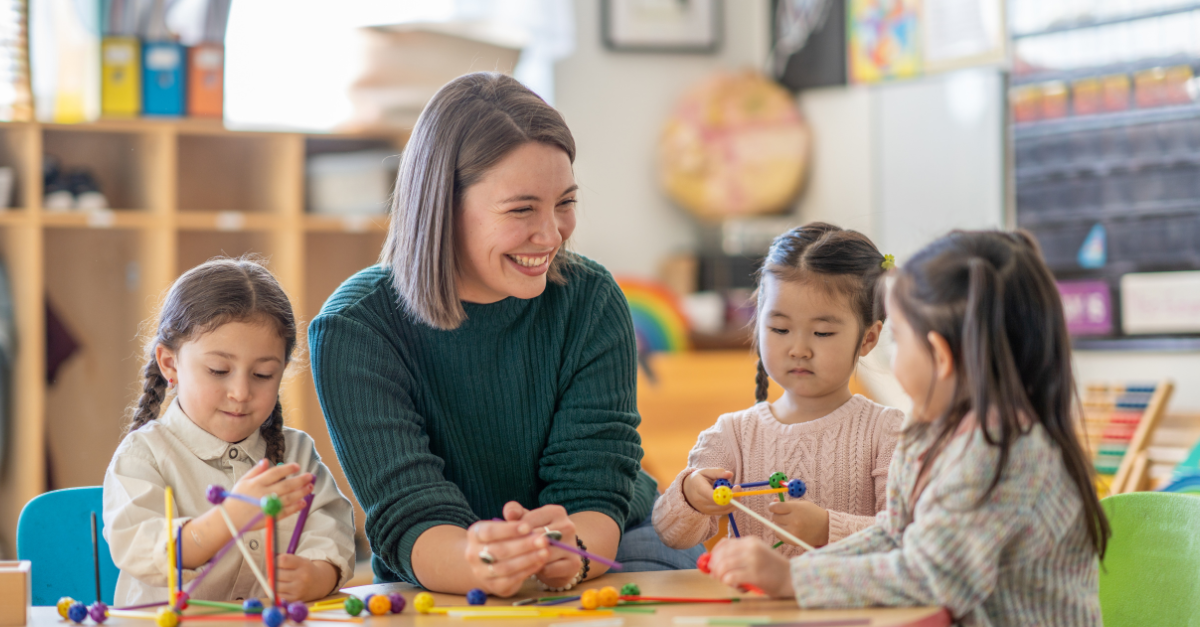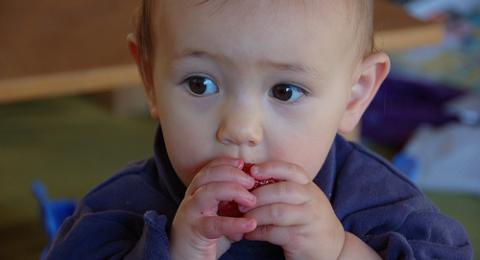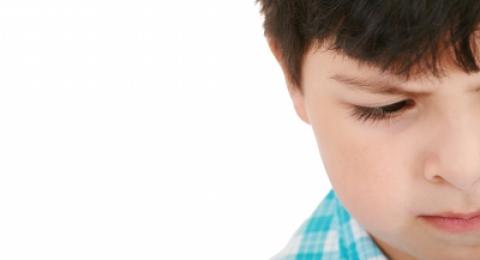Opinion: In fields such as gender, sexuality and sexual health, it is a given that sex education must begin early and be discussed frequently, both at school and home. Instead, we discuss storks and cabbage patches and birds and bees. We have many ways to avoid discussing or teaching about sexuality and sex.
Early and frequent information is the only way to encourage young people to engage in open, honest dialog. As early as preschool, we should have age-appropriate discussions about body parts and respectful behavior. We can continue to build on this knowledge over time.
Young people want to be informed early, according to research. This information should be complete, i.e. it should include all types of sexual behavior and relationships. This is not what most countries do, including Australia.
In part, the perception that sexuality is a threat to young people stems from a concern about the potential consequences of exposing them to sexual knowledge too early and their vulnerability to abuse and exploitation. The research of Cristyn Davis, co-author of this piece, and Kerry Robinson found that the access of young people to sexual knowledge was deemed “risky” because of the complex relationship between childhood sexuality.
But, strict regulation of children’s sexual knowledge can, paradoxically, increase prejudices about differences, and make them more vulnerable to abuse and exploitation. This can also hinder the ability of a child to grow into a competent adult or teenager.
The Fundamental Reluctance to Talk About Sex with Children
Many parents and teachers are not comfortable or adequately prepared to teach young people about sexuality. It’s understandable that adults don’t have a lot of knowledge about sexuality.
Many parents and teachers feel a great deal of tension and anxiety when they have to teach young people about such issues. This tension can lead to avoiding sex education or not addressing it effectively. There are many tools that parents can use, even though they may not be aware of their existence.
Irony: adolescents engage in more sexual behavior than parents and teachers think. Even teens as young as thirteen are sending sexts, or text messages with sexual images and content. They’re also generally engaging in sexual behavior at a younger age than their parents.
In a study of women in the United States, it was found that parents (including mothers), are not prepared to talk about menstruation even with children. Women in the United States have not been well-informed about their menstrual cycle, and so don’t feel prepared to discuss it with their children.
Most young women only learn about menstruation when they are menstruating. Young men, on the other hand, don’t know anything about it. The research behind this children’s book was to give parents an opportunity to talk about menstruation with children.
Spring Cooper, the lead author of this piece, works with a research team to develop educational material about HPV vaccine for adolescents in grades seven and eight. She found that when she tested materials with teenagers, they wanted more information and preferred the “correct” terminology for body parts and sexual interactions.
When testing the same materials, teachers and school bodies gave the opposite feedback – they said that names of body parts, and any mentions of sex (which is how HPV spreads) should be avoided if at all possible.
Filling in the Gaps of Children’s Sex Education
When young people don’t receive sexual education early on, they often fill in the blanks with their imagination or through sharing ignorance among friends. The regulation of sexual knowledge is actively negotiated by young people based on the cues they receive from peers, adults and formal and non-formal sources of education such as media, schooling and storybooks.
The dominant personalities in the group often dictate what is acceptable to the group. They build stories about their sexuality and bodies based on fragments available information without the correct information.
What happens when we avoid discussing topics like menstruation or specific sexual behaviors and instead use the term “private parts” as a way to describe sexual organs? This type of education could be compared to abstinence programs that don’t cover many aspects of sexuality or sexual health. Abstinence only education programs do not show any changes in health outcomes or behaviours, while comprehensive sexual education is proven to increase knowledge and decrease pregnancies.
The correct information does not increase sexual behavior in young people. The positive effects of sex education are felt at all levels. Comprehensive sex instruction can reduce anxiety, decrease worries, increase sexual satisfaction and increase protective and contraceptive behaviours. These impacts are reflected in a reduction of unintended pregnancy and sexually transmitted diseases.
Forget the birds and bees. Choose to discuss sex issues with your kids. Prepare yourself first and then talk about sex openly, honestly and often. Ask your child’s school to do the exact same thing so that the important message is reinforced and any misinformation regarding sex or sexuality can be reduced.
The health and wellbeing of young people is greatly affected by their knowledge about sexuality and sex. These benefits are important for the health of sexuality and they continue into adulthood.
Spring Chenoa Cooper, a senior lecturer at the University of Sydney and Cristyn Davis, a research assistant are both members of this team.





Leave a Reply